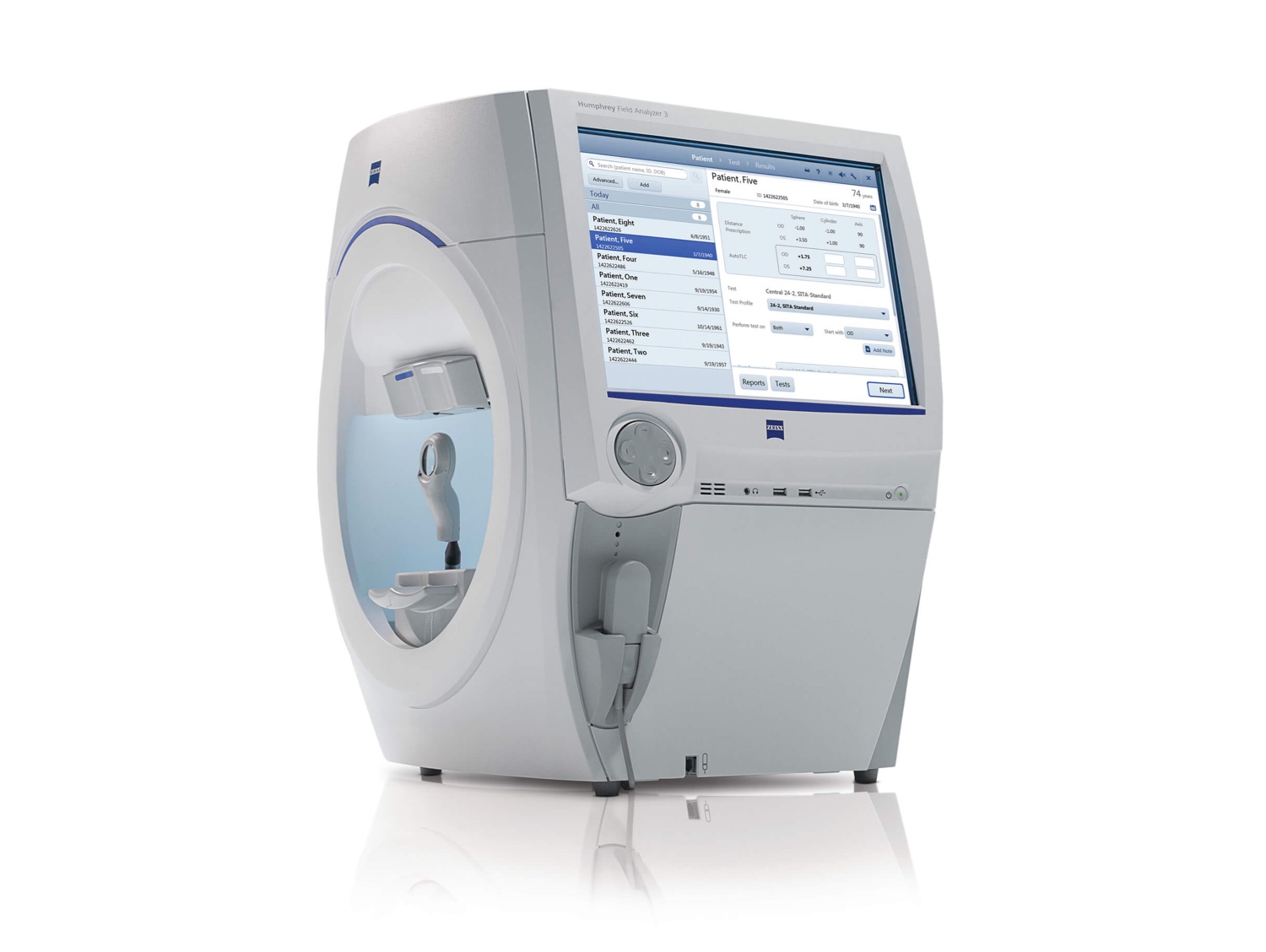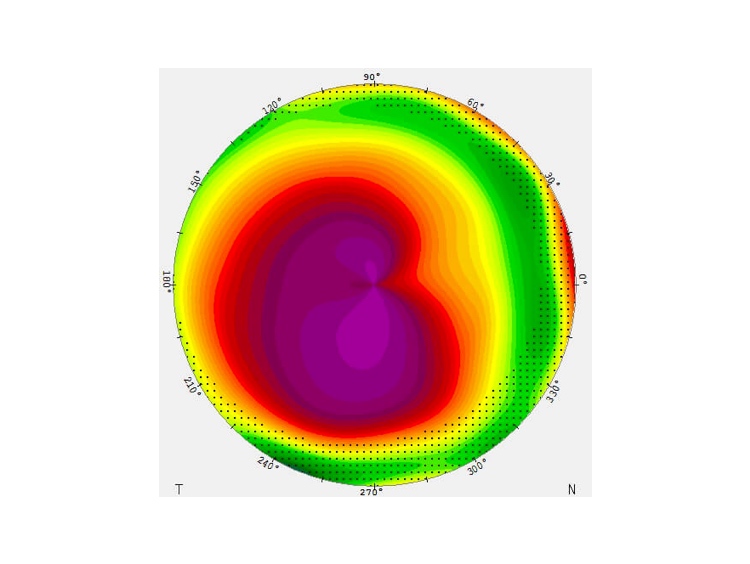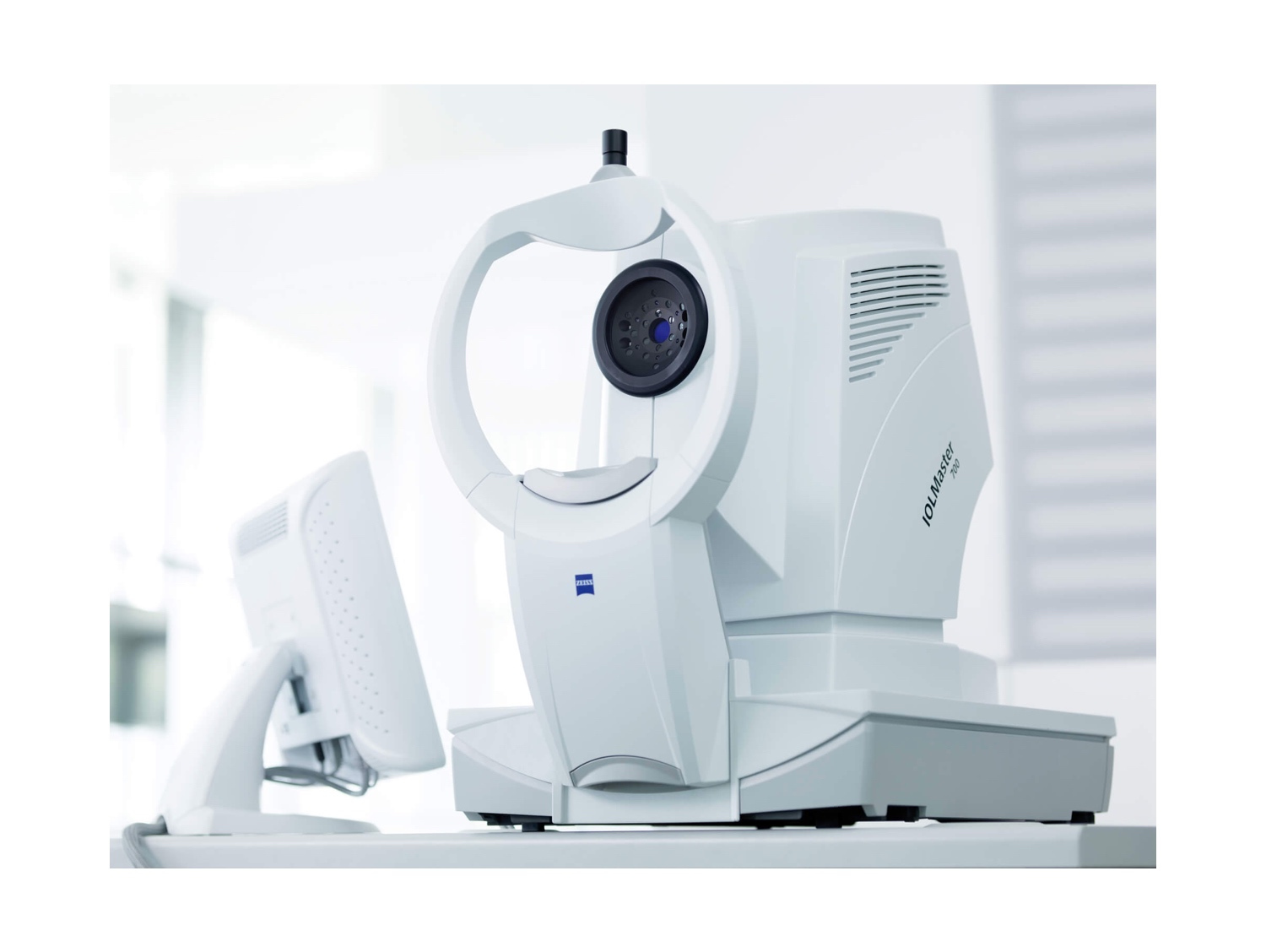We have put together some common questions to help you prepare for you visit to Gold Coast & Tweed Eye Doctors.
-
- What do I need to bring to my appointment?
- Current referral
- Glasses
- List of medications
- Medicare card
- Private Health Fund card
- Pension card
- Can I drive after my appointment?
No. Your eyes will be dilated and you will temporarily be unable to drive following your appointment. We advise that you bring a driver with you on the day of your appointment. If this is not possible, please advise our team at the time of your appointment. - How long will my appointment take?
You will be with the team at Gold Coast & Tweed Eye Doctors for approximately 1.5 to 2 hours. You will be seen by our Ophthalmic Technician who will take your medical history, administer necessary eye drops and complete any preliminary tests required by your Ophthalmologist. You will then be seen by your Ophthalmologist for a thorough consultation. - Payment Options
Payment of your consultation is payable at the time of your appointment. We can electronically submit your account direct to Medicare for your rebate to be issued back into your bank account within 24 hours.Gold Coast & Tweed Eye Doctors accepts cash, cheque, EFTPOS and credit card (excluding Amex and Diners).
- What do I need to bring to my appointment?
Getting to and from your appointment
Please visit this page for more information on getting to our locations.
What tests may I need on the day?
For such a small organ, the eye is incredibly complex and we are fortunate to have benefited from huge leaps in technology that allow in-depth imaging and assessment of the eye. These give valuable information to help give an accurate diagnosis and deliver precision care.
The type of number of tests that will be needed vary according to the condition being treated. Some of the more common tests and their indications are detailed below.
| Tests that may be required | ||||
|---|---|---|---|---|
| Condition | OCT | Visual Field | Corneal Imaging | Biometry |
| Cataract | ✔ | ✔ | ✔ | |
| Glaucoma | ✔ | ✔ | ||
| Macula/Retina | ✔ | |||
| Corneal Conditions | ✔ | |||
| Refractive Surgery | ✔ | ✔ | ||
| Pterygium | ✔ | |||
For such a small organ, the eye is incredibly complex and we are fortunate to have benefited from huge leaps in technology that allow in-depth imaging and assessment of the eye. These give valuable information to help give an accurate diagnosis and deliver precision care.
The type of number of tests that will be needed vary according to the condition being treated. Some of the more common tests and their indications are detailed below.
Ocular Coherence Tomography (OCT)
Major uses: macula, glaucoma and retinal conditions
What does it do?
An OCT scan uses light waves to image the structures of the eye in incredible detail with hundreds of scans performed in seconds. This is a painless non-invasive tests that allows visualisation of the microscopic detail of parts of the eye such as the macula, retina and optic nerve. It can also be used to identify diseases of the cornea and plan treatments.
Visual field test
Major uses: glaucoma and neurological (nervous system) conditions
What does it do?
This test assess a patient’s peripheral or side vision. Standard vision testing by reading a letter chart tells the doctor a lot about somebody’s central vision but only a visual field test can give information about peripheral vision. This assessment is important in the assessment and monitoring of glaucoma, conditions that may affect the optic nerves or in cases of strokes.
Repeated testing with visual field testing on the same device allows the doctor to perform complex analyses and assess whether a patient’s condition is deteriorating, stable or improving.
Pentacam
Major uses: cornea, cataract and refractive surgery
What does it do?
A Pentacam takes images of a patient’s cornea, the clear window at the front of the eye. This part of the eye is responsible for the majority of the focussing power of the eye. A Pentacam image creates a 3D image of the cornea, helping to determine causes of blurred vision and plan cataract surgery or refractive (freedom from glasses and contact lenses) surgery.
Wavefront Analysis
Major uses: cornea, cataract and refractive surgery
What does it do?
This device assess the shape and focussing power of the cornea, measures the refractive (glasses or contact lens) errors of the eye and gives details about the aberrations (imperfections) of the focussing systems of the eye. It is used to assess eyes with refractive errors and those seeking cataract or refractive surgery.
Biometry
Major uses: cataract surgery, controlling (myopia) short-sightedness in children
What does it do?
This devices measures the size, length and curvature of the eye to help plan cataract surgery or refractive surgery to enable the most precise outcomes.





